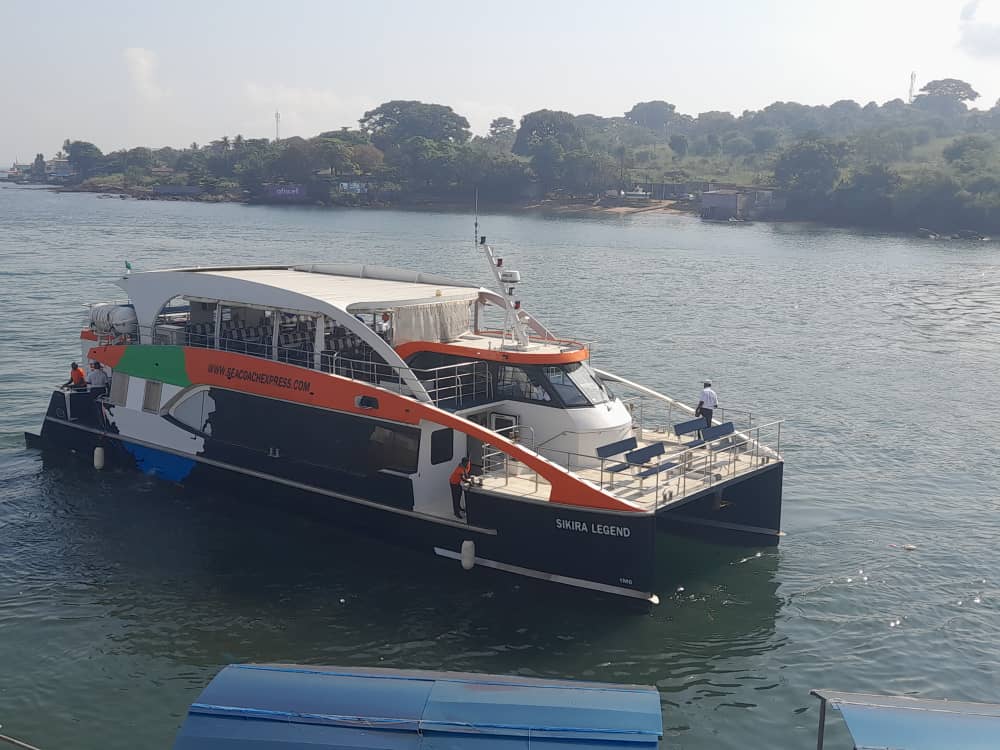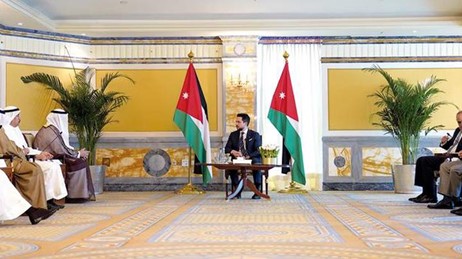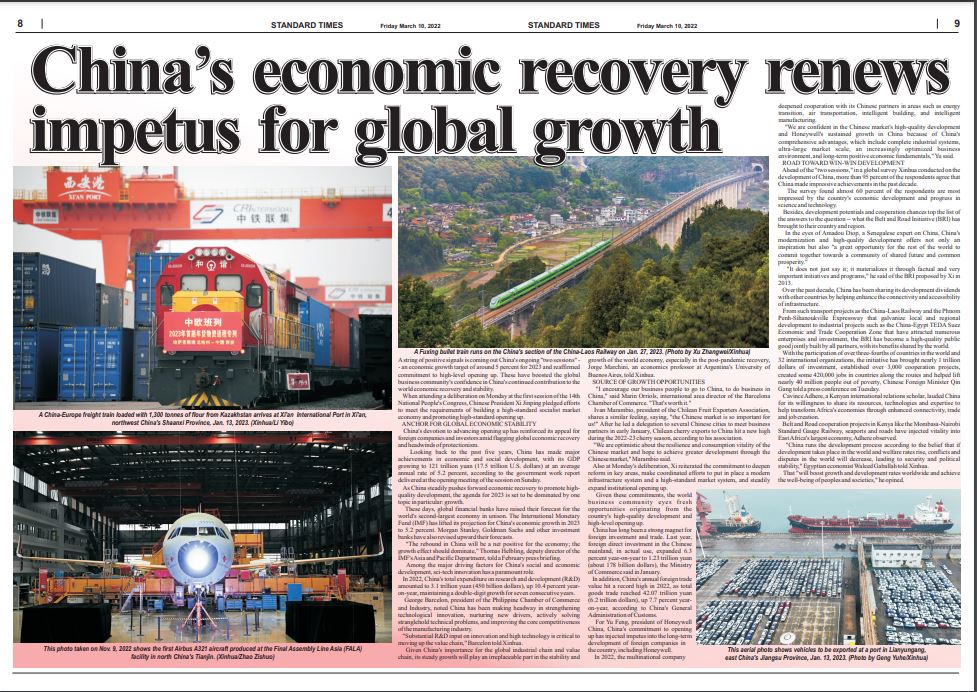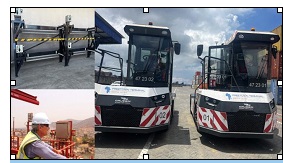In a season where many forward-thinking countries have adjusted their retail price of petrol to reflect current global realities, Africa’s biggest oil-producing country has remained docile.
Oil shot above $100 per barrel for the first time in years the day Russia invaded Ukraine and has climbed sharply higher since.
As a result of this development, countries like the United States, Ghana and Egypt have adjusted their petrol prices to reflect the current realities.
For instance, in the US, petrol prices jumped by 55 cents a gallon in a week. According to data from the American Automobile Association the national average of petrol in the country is now $4.17.
In neighboring Ghana, the development is the same.
According to the Automobile Dealers Union Ghana, petrol is now selling for GHC 8.29 per litre ($1.18), about 25 percent increase from GHC 6.65 per litre ($0.95) at the start of the year.
In Egypt, the government raised the prices of several types of vehicle fuel last month.
The per litre price of 80-octane gasoline (a type of petrol) rose from 7 to 7.25 Egyptian pounds ($0.54-$0.64), while 92-octane gasoline rose from 8.25 to 8.50 pounds ($0.53-$0.54) and 95-octane gasoline rose from 9.25 to 9.50 pounds ($0.59-$0.60).
While other countries are adjusting their pump price, Nigeria finds itself in a rattrap situation.
The government is insisting on keeping the price of petrol cheap at N165 ($0.40) for a vast majority of its 200 million people, who see cheaper fuel as the only benefit they see from a state that built no social-safety net for its citizens during the oil boom.
The ballooning fuel subsidy has been a major cost the country has had to bear.
Between 2015 and 2021, Nigeria’s subsidy bill soared to N6trillion, an amount which was far higher than funds allocated to education, health, defense and agricultural and rural development that would have increased the economic growth or standard of living of its people.
Nigeria’s obsession with subsidy continued in 2022, as the federal government budgeted a whooping N3trillion, a development that has knocked investor confidence and deterred economic growth.
Beyond the issues of subsidy, Nigeria is also battling with weak oil production.
Data sourced from the Organisation of Petroleum Exporting Countries (OPEC) showed Nigeria recorded an average oil production of 2.5 million bpd in 2011 but this has plunged to 1.5mbpd in 2020 and 1.3mbpd in 2021.
But the dynamics of oil are much deeper. Nigeria’s crude oil production has been languishing at only two-thirds of its full capacity this year, especially many of its large oil fields in the Niger Delta.
Key Nigerian grade Forcados had been disrupted for almost a month until Shell lifted force majeure on loadings last September. Industry sources said the suspension of exports was due to an oil spill near the Forcados terminal.
Other Nigerian crudes such as Bonny Light, Escravos, and Qua Iboe have also faced production issues in recent months due to operational and technical reasons.
Dolapo Oni, an international oil and gas expert familiar with Nigeria’s petroleum sector says Nigeria’s top 10 oil fields over the last decade have shed over 25percent of output.
“These top oil fields were mostly replaced with many smaller oilfields, which were not fully optimized, therefore not sustainable,” Oni tweeted.
Industry data has also revealed Nigeria’s crude oil reserves declined by about 600 million barrels on the back of reducing investments in the last few years.
Information from the British Petroleum (BP) Statistical Review, 2021 indicated that between 2017 and 2020, a three-year period, Nigeria’s reserves did not grow, but rather fell from 37.5 billion barrels to 36.9 billion barrels in 2020.

















